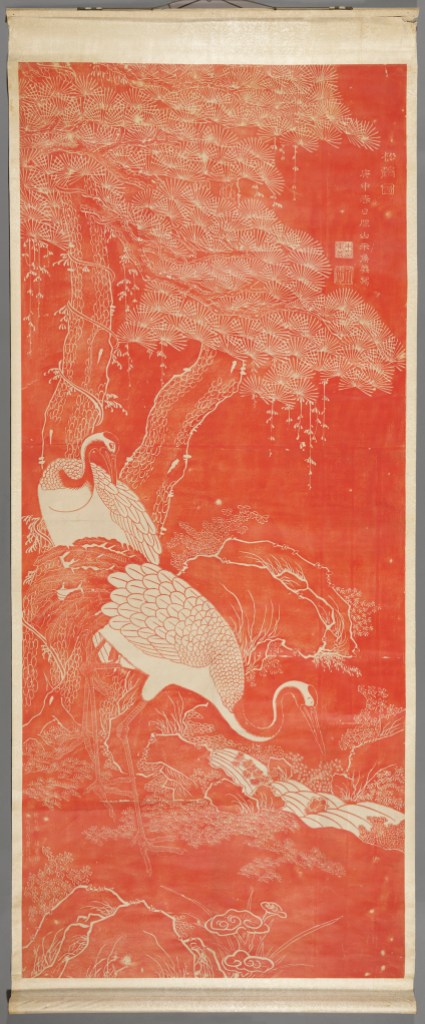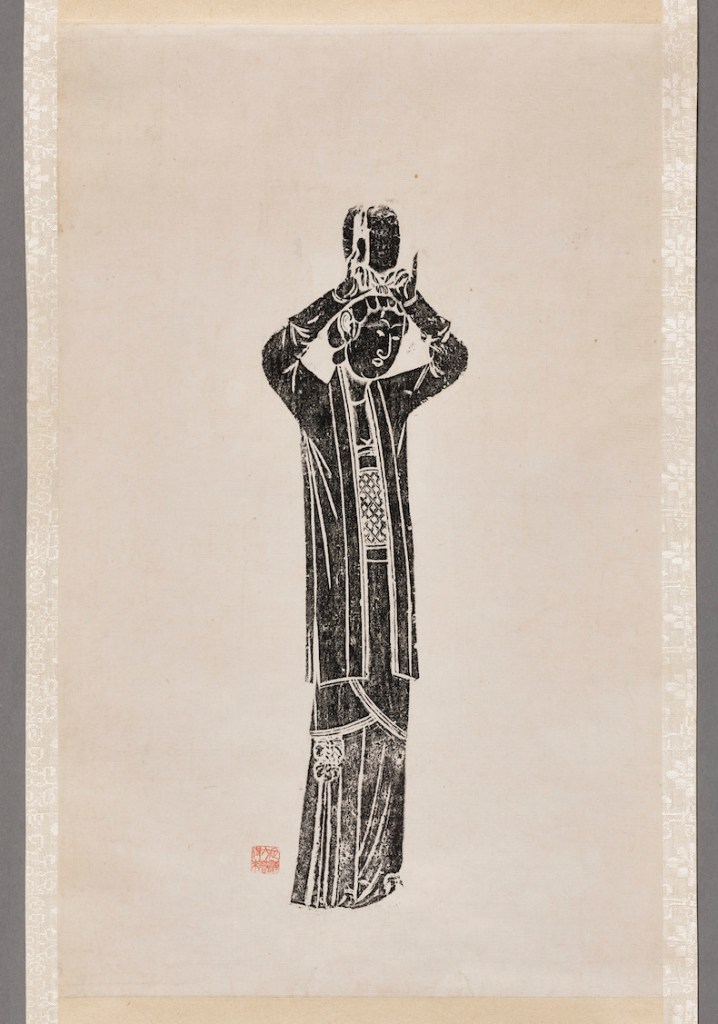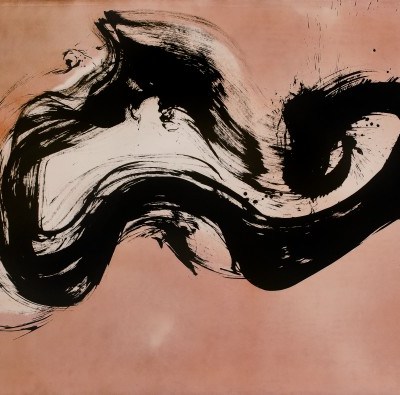Believed to have originated in China around 600 BC, the meticulous practice of ink rubbing involves dampened paper being applied to an incised or carved surface and carefully dabbed with ink. This produces a copy of the object’s surface, with raised sections darkened and recesses remaining white in the resulting print. Though originally intended as a means of preserving or disseminating important inscriptions, the ancient practice has also been used to replicate the textural qualities of sculptures and other decorative objects. The Nelson-Atkins Museum of Art in Kansas City holds an impressive collection of these Chinese ink rubbings, thanks in part to a bequest by its former director Laurence Sickman (1907–88). More than 25 are on display in this exhibition, some alongside the original objects from which the impressions were taken (20 July–2 February 2025). Find out more from the Nelson-Atkins Museum of Art’s website.
Preview below | View Apollo’s Art Diary
Pines and Cranes (detail; 19th or early 20th century), China, artist unknown. Nelson-Atkins Museum of Art, Kansas City

Rubbing of Ritual Disc with Dragon Motifs (Bi) (19th or early 20th century), China, artist unknown. Nelson-Atkins Museum of Art, Kansas City

Woman Tidies up Her Headdress (19th or early 20th century), Fang Ruo. Nelson-Atkins Museum of Art, Kansas City




